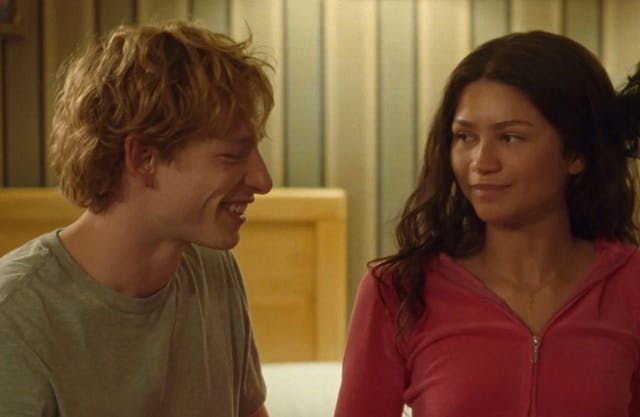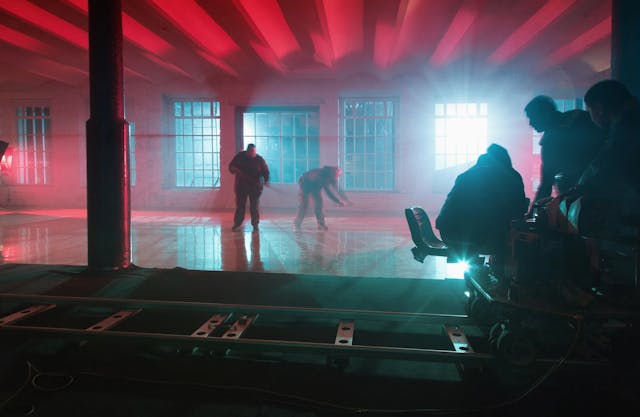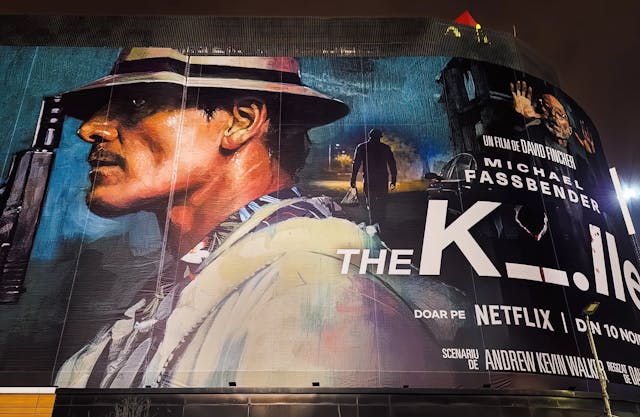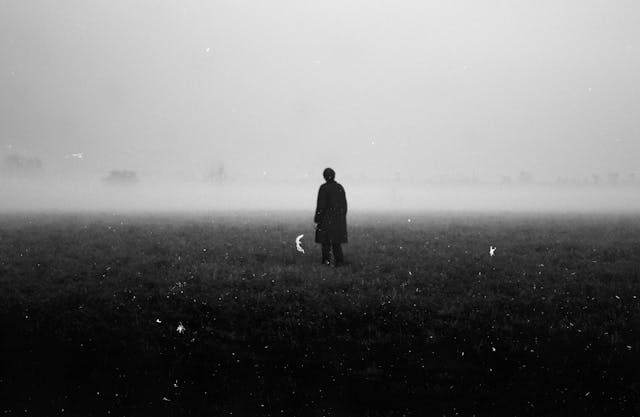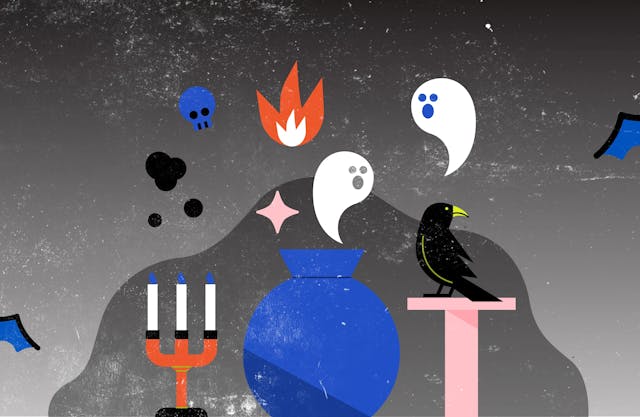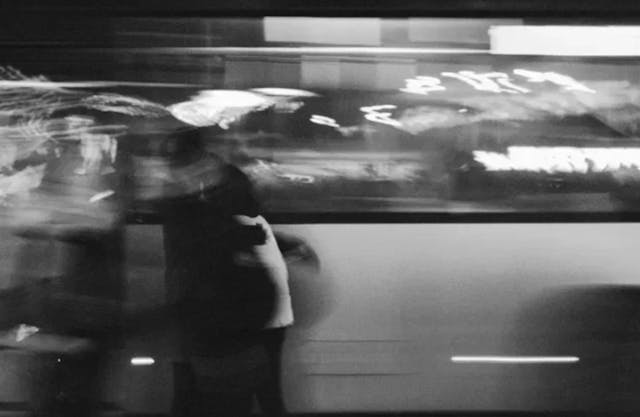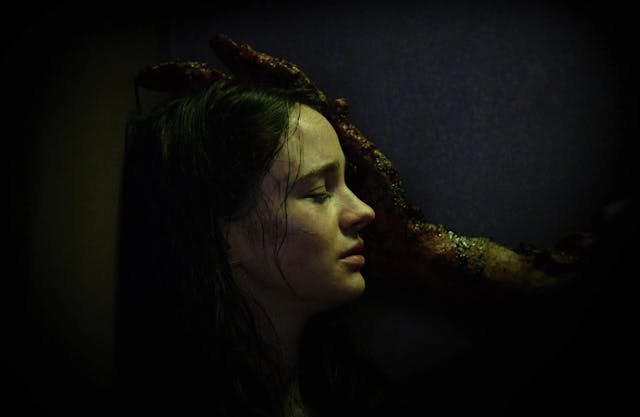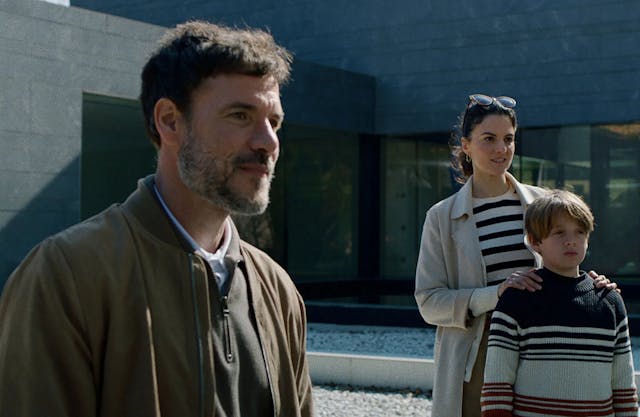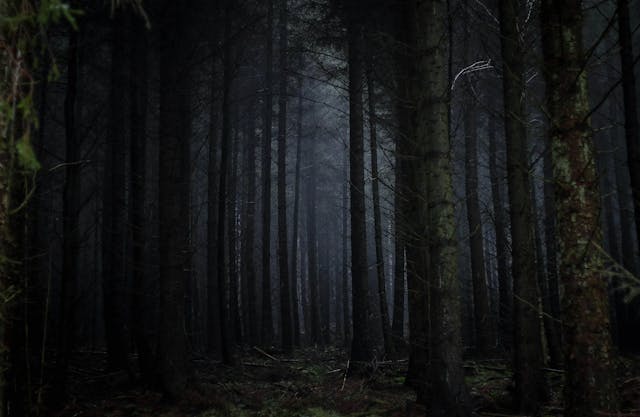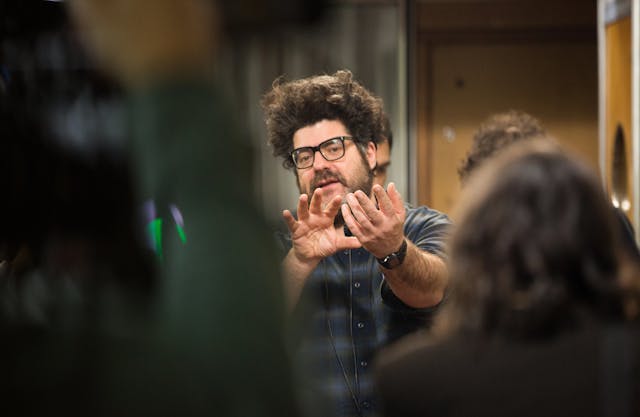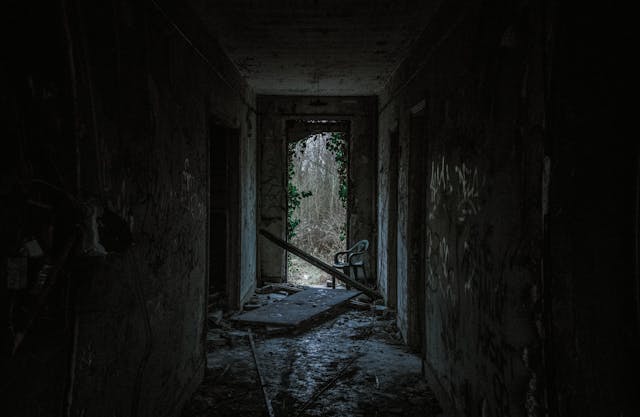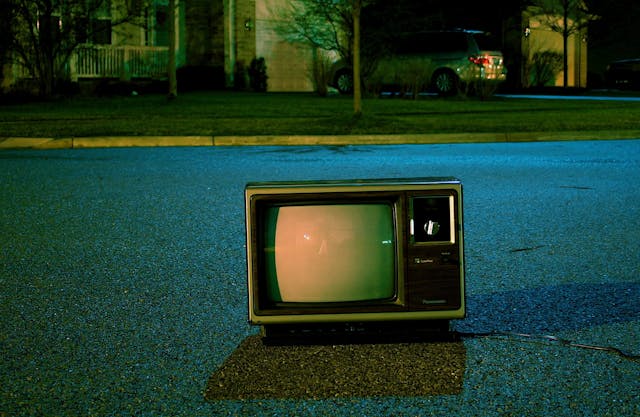"To Kill A Mockingbird": A Controversial Classic Still Riles & Charms
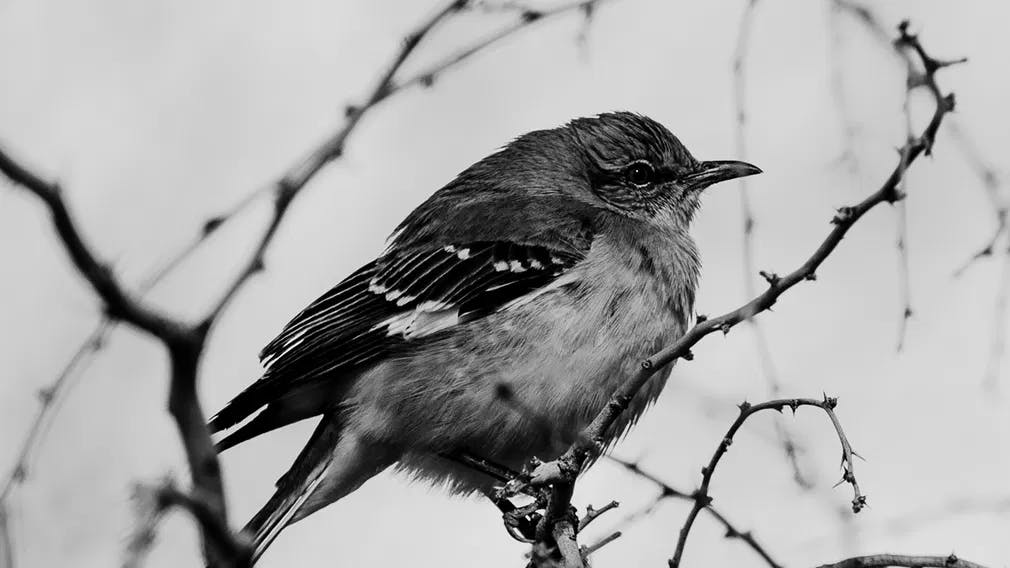
The beloved classic "To Kill A Mockingbird" is in the news. Harper Lee's 1960 novel is one of many titles targeted by conservative groups in an all-out war against books that make them uncomfortable, intending to purge them from schools' libraries. Its sin is to contemplate the racial dynamics of life in the rural South in the first half of the XX Century through the eyes of a wise child. What is wrong with that? Nothing, but under the portmanteau complaint that parents should decide exactly what ideas their kids are exposed to, they aim to shape society according to their prejudices, making non-white ethnic groups and LGBTQ-identifying people invisible.
Surprisingly, “To Kill A Mockingbird” has been targeted in the past by progressives who decry the liberal use of racial epithets. This is the opposite position of right-wing commissars. Still, it arrives at the same place from an opposite direction: putting a brilliant piece of literature away because you find it objectionable. It is an ironic development, considering the movie features adults trying and failing to shield children from the horror around them.
It could not have happened to a better book. "To Kill a Mockingbird" was Harper Lee's first and last novel. Its success was such that it overtook her life. She decried the pressure and publicity. "I said what I wanted to say, and I will not say it again," she was keen to declare. Still, she did write. A manuscript titled "Go Set a Watchman" was posthumously published in 2015. It revisits the characters 20 years after the events of her defining work.
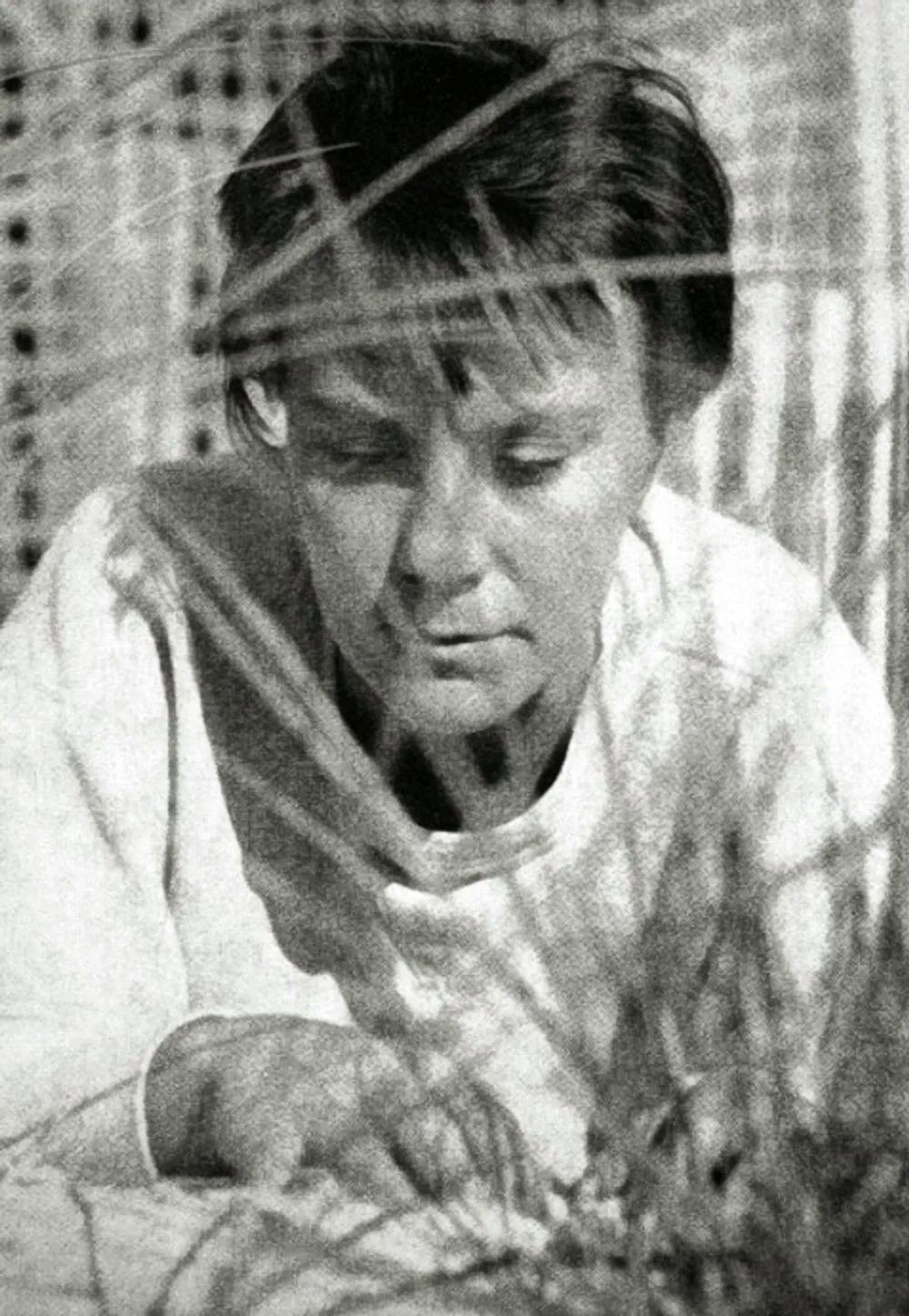
"Mockingbird" Mother: Author Harper Lee had enough success after one single book. / Photo courtesy of Creative Commons.
Back When The Mockingbird Took Flight
The novel’s immediate success made an adaptation inevitable. Universal Studios hits the jackpot by securing the rights and packaging an irresistible project. Film production began swiftly. In just two years, the movie was hitting theaters. The plot sticks closely to the book: Scout, a grown-up woman, reminisces about two crucial years of her childhood, growing up in the 1930s in a small town in Alabama. We meet her as a spirited 6-year-old (Mary Badham), blissfully taking in the lazy days of summer with slightly older brother Jim (Phillip Alford) under the attentive care of father Atticus (Gregory Peck). The widower is a lawyer, supported by housemaid Calpurnia (Estelle Evans) and neighbor Maudie (Rosemary Murphy).
The plot combines two dramatic strands: the children, accompanied by summer visitor Dill (John Megna), dedicate a lot of attention to Boo Radley, a mysterious neighbor they have fashioned into a bogeyman of their own. In the second one, Atticus takes on the defense of Tom Robinson (Brock Peters), a black man accused of sexually abusing Mayella Ewell (Collin Wilcox Patton), a white woman.
The movie was a box office success and an instant classic. It was nominated for 8 Academy Awards, including Best Picture and Best Director for Robert Mulligan. It won in three categories: Bets Adapted Screenplay for Horton Foote, Best Production Design, and Best Actor for Gregory Peck, in the kind of role that combines the character, the public persona, and the real man in a career and life-defining way.
By the sheer power of reducing a book to its basic elements, the movie brings to the forefront one of the most enduring criticisms: the deployment of the “white savior” narrative. The black characters are stoic, dignified, but passive. Such is the case of Tom Robinson, who we only see in the courtroom scenes. Brock has one tragic gesture of personal agency, but it happens off-camera. We know of it because another character relates it to Atticus. His wife, Helen (Kim Hamilton), remains at home. We only see her because Atticus visits her twice.
The black characters prop up the stature of Atticus as a heroic figure who goes against the prevailing racism of his community in the name of law and righteousness, putting himself and his family in danger. I can understand the dismay, but this is also a by-product of the author’s point of view. Lee was, after all, a white woman writing from her perspective. The filmmakers were also white. Public consciousness may be more enlightened six decades later but does not work retroactively. The faults and limitations of “To Kill A Mockingbird” reflect those at work when the plot takes place and those when it was written and filmed. As disturbing as it can be to listen to characters on the screen using the N-word, it mirrors the social mores of its time.
Everlasting Controversy
Even in a black and white movie, safely sconed in the past, words can hurt. To shield kids from it may be a noble impulse, but it works into the strategy of those who would like to sweep racism, homophobia, and discrimination under the rug: make-believe none of that ever happened. If it did not happen then, it is not happening now. They are sowing the seeds of a massive exercise of historical gaslighting. Instead of putting problematic art away, we must make it available. Context is necessary when contemplating art that does not jive with progress. And the best place to find context is the school.
The second best place to find context is the home. If you have kids, this is a perfect classic to engage your budding movie buff. The movie remains engaging and moving, thanks in part to the skill with which it appropriates the childish point of view of the characters. Sure, Peck cuts a towering father figure, but the key to the movie is Mary Badham's role as Scout. It's the kind of startling infantile performance that kills off a career in the crib, on par with Anna Torrent in "The Spirit of the Beehive," Linda Manz in "Days of Heaven" (Terrence Malick, 1978) and Haley Joel Osment in "The Sixth Sense" (M.Night Shyamalan, 2000). It's so memorable and powerful at conveying childhood that any grown-up appearance is a letdown. Check out her spare filmography after her Oscar-nominated role.
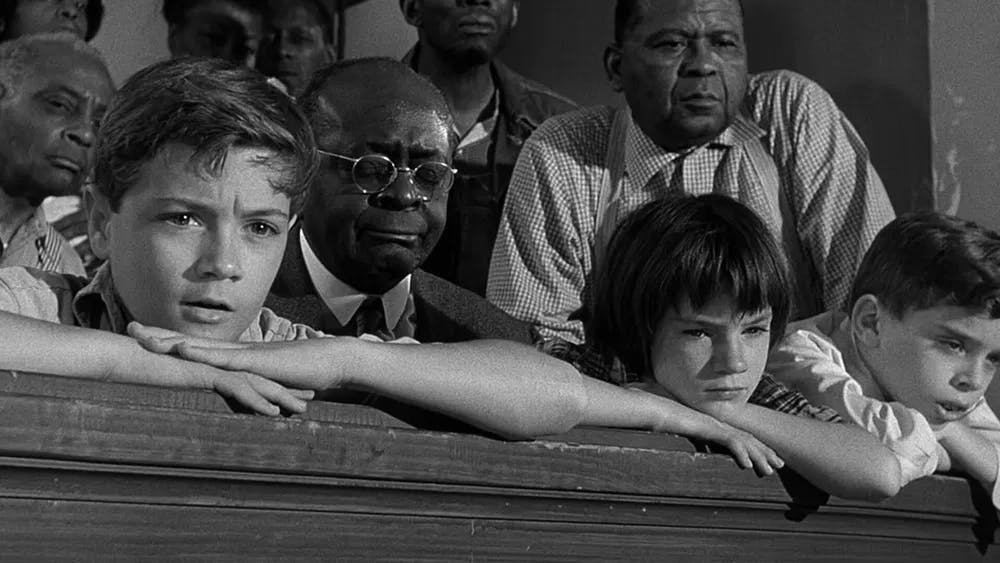
Up with the right side of history: the kids view the trial from the segregated balcony destined for black people in 'To Kill A Mockingbird." / Photo courtesy of Brentwood Production.
The first time I saw it, I was a child, probably around the age of the youngest characters - parents in the early 80s were the perfect opposite of those who now want to police everything their kids consume, and I thank God for that. The opening credit sequence, with the camera sneaking inside Jem's treasure box set to Elmer Bernstein's haunting score, was seared in my memory. I did not register the perniciousness of a white-centering narrative but latched on the injustice committed against Brock - for the life of me, I don't remember what the hell I thought he was being accused of. The accusing characters alternatively say, "took advantage of her" or "had his way with her." It must have been awful, but the movie's dramatic structure and visual language make clear this is a sham from the get-go.
Decades later, what comes to the forefront is the compelling way “To Kill A Mockingbird” portrays the maddening process children go through as they try to grasp how adults - that is, the world - function. What is right and what is wrong? Check out Scout’s puzzlement at the reaction she gets when she is inadvertently unkind to a poor schoolmate or when she fights with another one who insults Atticus for defending a black man. Scout is taking her first steps in the morality minefield, learning to differentiate between wrong and right. The white father cuts a towering figure as the plight of the black man fades in the background. In one scary scene, a lynch mob goes to the jail where Brock is being held overnight. Atticus stands outside, reading under the light of a lamp he brought from home. With a little help from Scout, who sneaked out of her bedtime, he keeps them at bay. Once they disband, embarrassed by the kid, Brock asks off-camera whether they are gone.
The movie culminates in a suspenseful scene that pushes the real into the realm of classic horror films. After a school pageant, Jem and Scout return home through a dark forest road. She is dressed in a clunky costume that makes her look like a ham, with her arms entrapped and barely a peephole to look around. They are attacked by a mysterious figure who soon finds resistance from another. From Scout's restricted point of view, we only see disembodied arms and body parts, two human figures trapped in struggle. A knife's blade shines in the dark.
Parting Words
The balance of power between white and black characters partially reflects the imbalances of the moment. But also, this is what Lee could produce under the limits of her talent and experience as a white person. She could not have mirrored citizens' attitudes from the future. It would be unseemly in other ways if she, a white woman, had appropriated the point of view of black characters.
Chances are “To Kill A Mockingbird,” both the book and the movie, will survive the latest wave of disapproval. It may grow outdated with time, but we must protect access to this and other controversial artworks. Some are blatant about their racist views - I’m looking at you, “Birth of a Nation” - Others may offend by reflecting on it, but all of them are a testament to the existence of the scourge of racism. If we hide them, oblivion will set in and create the illusion it never existed.
Harper never wrote another novel, but she has a special connection with another towering work of American literature: Truman Capote’s “In Cold Blood.” Lee was a childhood friend of the author. Capote inspires the character of Dill. She accompanied him on his journeys to Holcomb, Kansas, the place where the Clutter family murders took place, and assisted him in his research. If you are curious about their relationship. Check out “Capote” (Bennet Miller, 2005). The late Phillip Seymour Hoffman won the Best Actor Oscar for his role as the flamboyant actor. At the same time, Katherine Keener gives an understated but memorable performance as his right-hand woman.
Want to get an email when we publish new content?
Subscribe today

